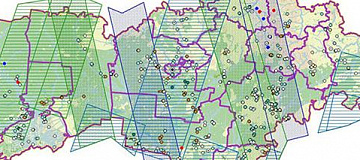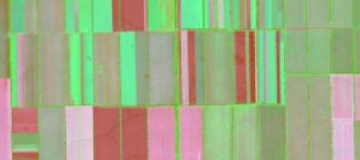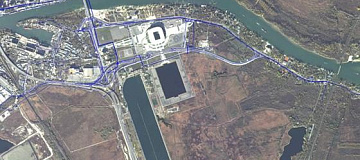
You can order from us
Prices for services
| Consultation | Free |
|---|---|
| Image Order | From 0.01 to 200 USD per 1 km2 depending on the type of image (free-commercial, archive-new, mono-stereo, resolution) |
| Image Processing (pan-sharpening, unsupervised classification, vectorization) | From 0.01 USD per 1 km2 |
| Additional Attribute Information Analysis | From 0.01 USD per 1 km2 |
| TOTAL | From 50,000 RUB per day* |
The cost of execution is calculated on an individual basis, taking into account a specific of task.
After receiving the task description, we calculate the cost and send you a commercial offer.
Period of execution
Technical task approval: from 1 to 5 days*
Contract signing: from 1 to 5 days*
Work execution: from 5 days**
TOTAL TIME: from 6 days*
* business days
** from the date of receiving 100% advance payment
How to place an order:
Need for consultation?
Fill the form and we will contact you
Stages of service provision
The result of the provision of services
The customer receives a vector file with land parcel boundaries for their area of interest. Vector formats include ArcGIS SHP, Google KML, and GeoJSON.
Attribute information can be provided separately as an Excel file or as attribute information within the shapefile.
Processing of multispectral images allows the generation of maps for various biomass indices (NDVI, NDWI, GNDVI, ENVI, PVI, WDVI, DVI, LAI, etc.), which are used for analyzing agricultural lands with the following capabilities:
- Assess the vegetation intensity of agricultural crops (Normalized Difference Vegetation Index, NDVI);
- Forecast crop yields for agricultural crops, including for future crop sales to traders or to reduce costs for future crop insurance;
- Check crop density;
- Evaluate crop germination rates;
- Conduct ecological monitoring of agricultural lands;
- Calculate soil moisture (NDWI) and determine the content of micro and macroelements in the soil;
- Determine biomass growth;
- Detect infected areas, types of infection, and pests;
- Assess chlorophyll content, degree of aging, and plant stress levels.
Initial Requirements
Accurate geographic coordinates of the object in the required coordinate system.
Attribute information in Excel or shapefile format.
If it is not possible to provide the specified information, please provide details of the intended use of the remote sensing data, and the specialists of GEO Innoter will analyze the requirements and propose an optimal solution to the problem.
Related services











Completed projects

Customers
FAQ
- area of interest (location / coordinates of the object in any convenient form, and area of the object);
- the specific problem to be solved using digital land maps.






















































